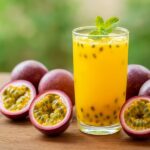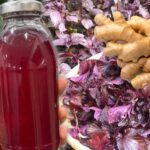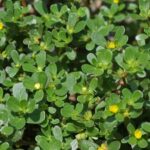Red amaranth is a familiar vegetable, often appearing in the diets of Vietnamese families. This vegetable is highly nutritious, offering cooling and detoxifying properties, and is known to boost the body’s immune system and prevent illnesses.
Nutritional Value of Red Amaranth
According to VietNamNet, herbalist Bui Dac Sang of the Hanoi Oriental Medicine Association, red amaranth is one of the most nutritious vegetables. In Vietnam, there are three common types: red, green, and thorny amaranth. Among these, red amaranth is considered the best.
Modern science reveals that red amaranth is rich in vitamin A and antioxidants, benefiting eye health, combating aging, and preventing diseases. Compared to other green vegetables, red amaranth contains higher levels of vitamin K, which is beneficial for blood circulation and helps prevent blood clotting disorders, cognitive decline, and protects nerve cells.
According to the National Institute of Nutrition’s nutritional composition table, 100 grams of red amaranth can provide approximately 5.4 mg of iron, four times more than beef (100 grams of beef contains 1.78 mg of iron).
Additionally, red amaranth is a good source of essential nutrients such as vitamin B6, folate, niacin, riboflavin, thiamin, and potassium.
Amaranth also contains significant protein levels, providing additional dietary protein.
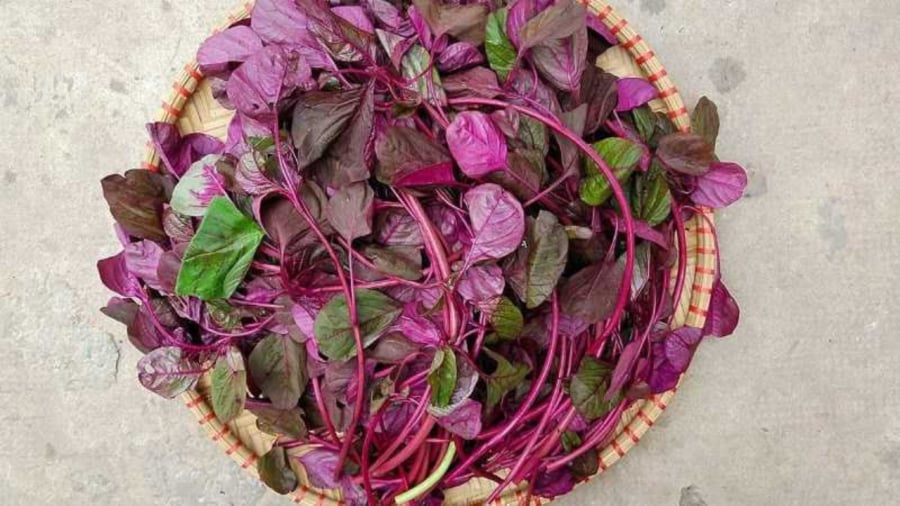
Research indicates that regular consumption of red amaranth supports cardiovascular function and helps prevent hair loss and premature graying.
In traditional medicine, amaranth is believed to have a sweet and slightly cold nature. It is used as a medicinal herb to treat disorders such as lipid metabolism disorders, inflammation, diuresis, and hypertension.
For postpartum women, red amaranth is both blood-enriching and constipation-relieving.
To enhance the effects of this vegetable, it can be combined with shrimp or meat.
Who Should Avoid Eating Red Amaranth?
While red amaranth is highly beneficial for health, it may not suit everyone.
- Individuals with a Cold Constitution
Red amaranth has a cooling nature, so those with a cold constitution should consume it in moderation to avoid stomach discomfort, abdominal pain, or diarrhea.
- People with Diarrhea
Individuals currently experiencing diarrhea should refrain from eating red amaranth as its cooling nature and high fiber content can exacerbate the condition.
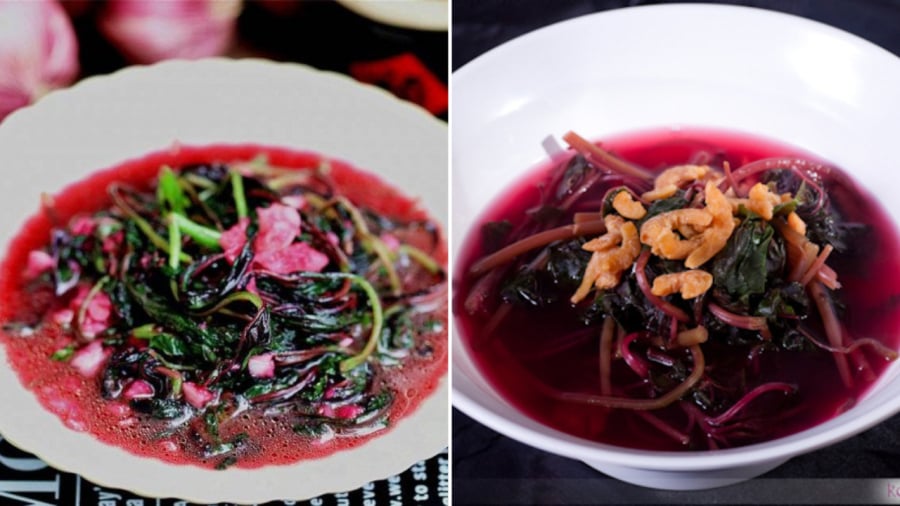
- People with Kidney Stones, Gout, or Rheumatoid Arthritis
Red amaranth contains high levels of oxalic acid, which can combine with calcium in the body to form deposits, leading to kidney stone formation. Additionally, oxalic acid can interfere with the absorption of zinc and calcium, impacting joint health. Therefore, individuals with gout or rheumatoid arthritis should limit their consumption of red amaranth.
Furthermore, individuals with diabetic nephropathy should also be cautious about consuming red amaranth due to its higher protein content compared to other vegetables. Excessive intake may increase the kidney’s workload, leading to health complications.
Wild Purslane: This Weed-like Vegetable is a Nutritional Powerhouse and a Modern Delicacy
Introducing the humble purslane, a powerhouse of nutrition and an affordable superfood. This unassuming vegetable, often overlooked in the market, is a treasure trove of health benefits. With its vibrant green leaves and delicate stems, purslane is a versatile ingredient that elevates any dish. Don’t walk past this humble vegetable; instead, embrace its goodness and unlock a world of culinary delights and nutritional benefits.
The Tiny Seafood Surprise: A Calcium-Rich Treat for Stronger Bones this Summer
Shrimp – A humble crustacean that packs a powerful punch when it comes to nutrition. With a calcium content three times that of soybeans, shrimp is a summer “delicious medicine.” This flavorful and nutritious delicacy is often overlooked by many Vietnamese, yet it boasts a plethora of health benefits, especially for bone strength. Let’s delve into the advantages of this modest yet mighty seafood and learn how to unlock its full potential.

























